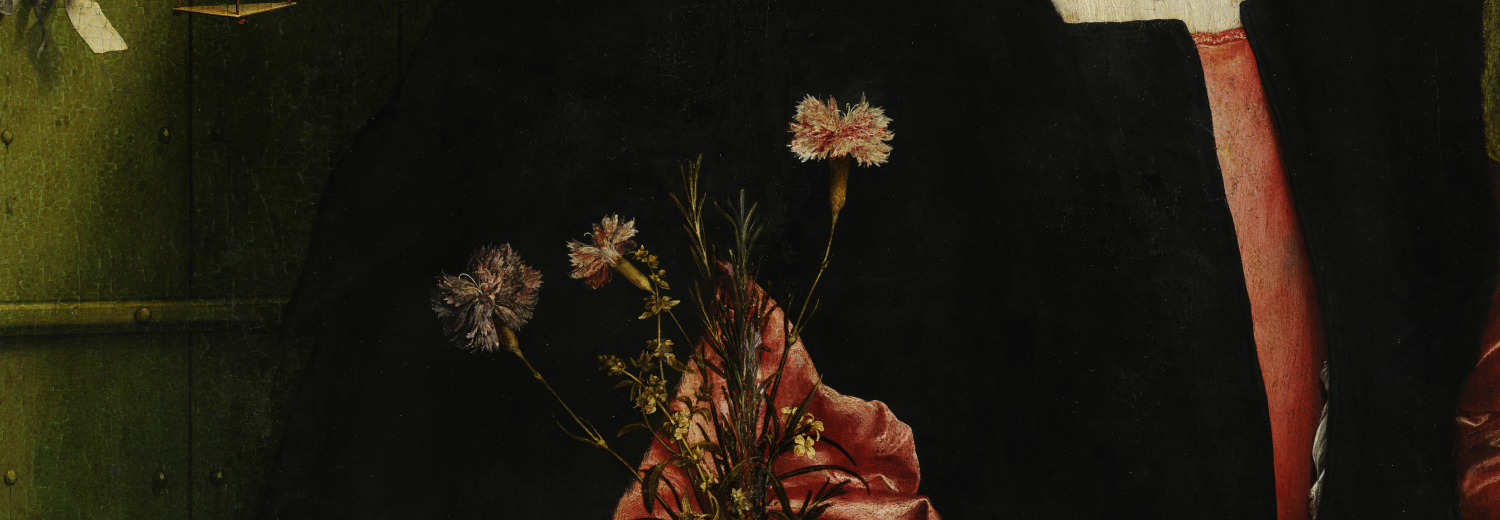Hans Jacob Orning: ‘Historical use of the past: The Borre mounds.’
Justyna Wubs-MrozewiczThe next presentation was given by Hans Jacob Orning who introduced us not only to a different place in Europe but also went beyond the Middle Ages. With the gravemounds of Borre (Viken, near Oslo) at the centre of his presentation, Orning first brought us to 19th century Norway and the time of Norwegian nation-building. Here, in their attempts of writing a national history which preceded the recently dissolved union with Denmark, Norwegian historians used these early medieval burial mounds as a national symbol – ‘the place from where the Norwegian unification originated.’
For this claim, they relied on a narrative presented by the 13th century Icelandic historian Snorri Sturluson who had ascribed the gravesite to an ancestor of Harald Fairhair, the semi-mythical first king of Norway. However, other sagas and archaeological evidence not only place the first traces of a Norwegian kingdom to the country’s West-coast but also suggest that the region around Borre stood under a strong Danish influence.
So why did Snorri attempt to tie Harald Fairhair’s ancestry to some burial mounds in the South-East of Norway? We can explain this choice, so Orning, as a use of history in conflict: Snorri wrote on behalf of the Norwegian king Håkon Håkonsson who was struggling over claims to Viken with Danish king Valdemar II. By constructing an unbroken genealogy from Harald Fairhair to Håkon Håkonsson and connecting the lineage to the Borre-mounds, Snorri legitimized Norwegian claims to Viken by dynastical continuity.
Hans Jacob Orning: contact details and research, including the current projects 'Legitimization of the Elites in Medieval Poland and Norway' and 'The Nordic ‘civil wars’ in the High Middle Ages from a cross-disciplinary and comparative perspective'.
(Christian Manger)

Comments
Add Comment